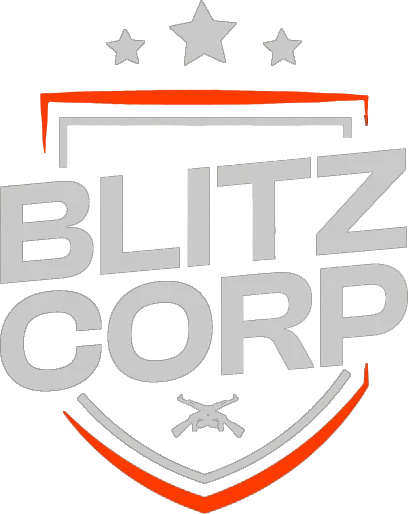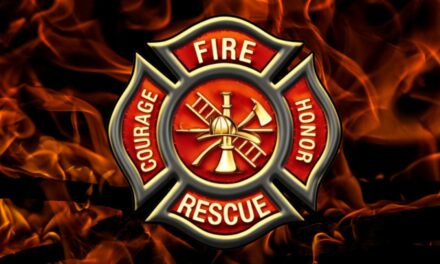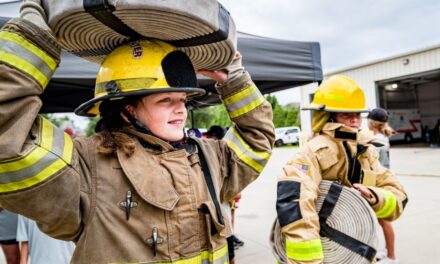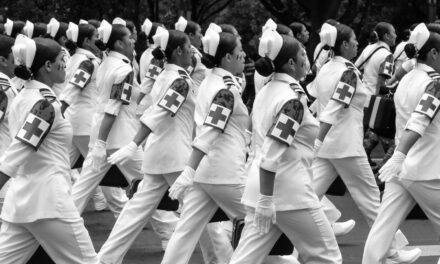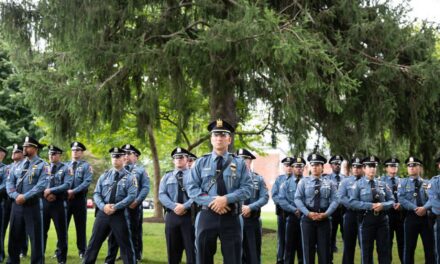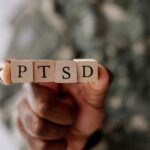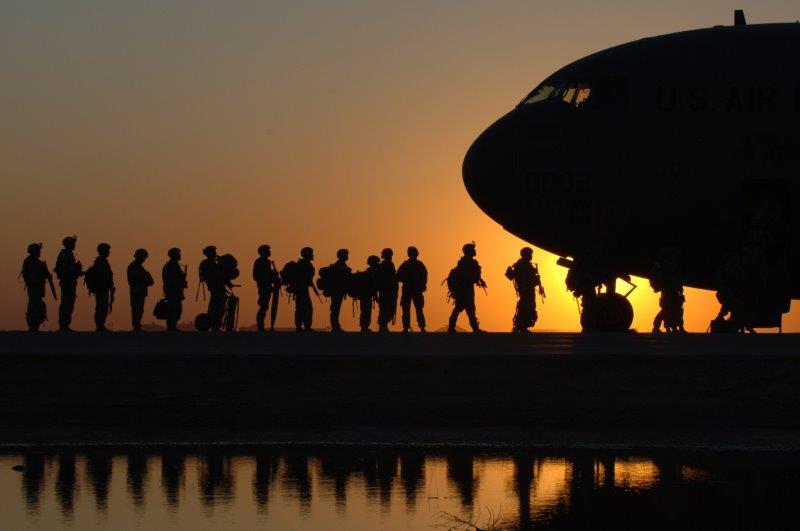When crisis strikes and lives hang in the balance, who do we call for help? 911, of course. Yet when we picture first responders showing up to save the day, we often only envision police, paramedics, or firefighters rushing to the scene. But what about the very first person we spoke to in our hour of need—the 911 dispatcher who fielded the call, asked crucial questions, determined our emergency, and decided what help to send? So, are 911 dispatchers first responders? Lets visit the question.
Despite being the critical first point of contact during emergencies, 911 dispatchers or telecommunicators have long faced barriers to recognition as first responders. But new efforts aim to elevate their official status to accurately reflect their indispensable, lifesaving role in emergency response.
Key Takeaways
- 911 dispatchers play a pivotal role coordinating emergency response, providing pre-arrival aid, and sending help based on each crisis situation. Their decisions and support undeniably save lives.
- Though they work in concert with EMTs, police, and firefighters, dispatchers are still classified differently when it comes to hiring, benefits, training requirements, and mental health resources.
- New initiatives advocate for formally designating 911 telecommunicators as professional first responders—a distinction that could transform their jobs.
- With shortages estimated in the thousands, recognizing dispatchers as first responders could help attract and retain talent.
- Ongoing debates continue around whether dispatchers fully fit the definition of a first responder since they don't enter emergency scenes.
- Industry groups emphasize that 911 dispatchers’ role coordinating the early emergency response phases is just as lifesaving.
When we dial 911, the voice on the other end of the line provides comfort, asks essential questions, determines what help we need, and speeds that help our way. And while we might not see them, 911 dispatchers are absolutely first responders in every sense—from the second we call for rescue till the moment crisis is averted.
Formal Recognition and Legislative Changes
Police officers, firefighters, EMTs, and paramedics rightly earn recognition as first responders, rushing directly into burning buildings, violent attacks, medical crises, and other emergency scenes. However, the telecommunicators answering our 911 calls and coordinating appropriate response from the dispatch center are currently classified differently at the federal level and across many states.
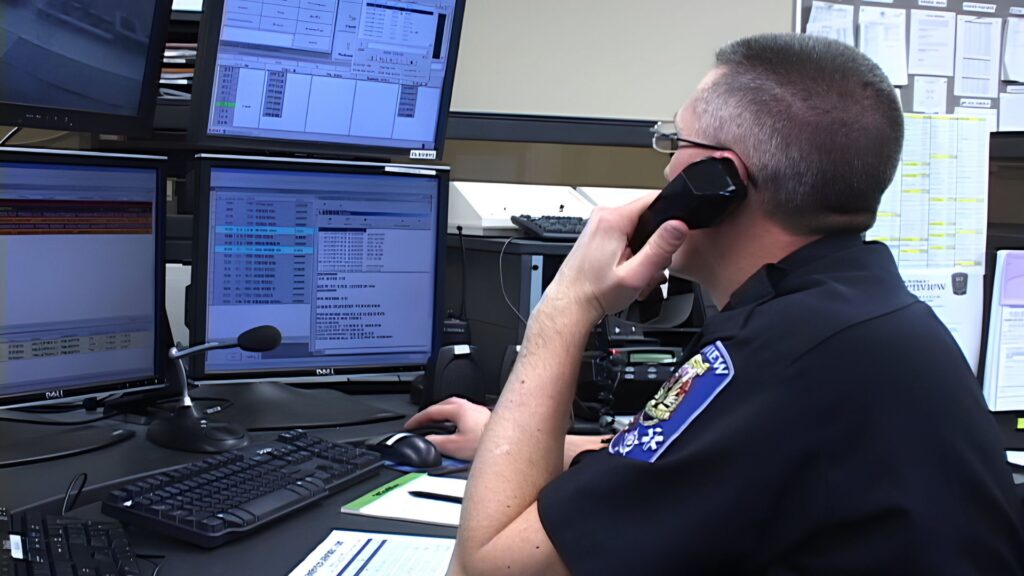
For example, the federal Standard Occupational Classification (SOC system) lists police, firefighters, paramedics, and EMTs under the broad category of “Protective Service Occupations” but places 911 dispatchers under the separate communications grouping. This disconnect fails to capture the nature of dispatchers’ work not just speaking on a phone or radio, but leveraging communication to rapidly deploy professional emergency response and provide crisis intervention.
In recent years, advocacy efforts spearheaded by industry groups like the National Academies of Emergency Dispatch (NAED) and National Emergency Number Association (NENA) have intensified to elevate emergency telecommunicators to their rightful status as first responders.
This distinction promises improvements in hiring protocols, specialized training opportunities, enhanced mental health resources, and long-overdue recognition of the indispensable role dispatchers play coordinating emergency response.
Why It Matters
Formal reclassification of 911 telecommunicators aims to address years of disparities:
- Hiring & Retention – Classifying dispatchers as first responders could open up recruitment funding and help attract talent to address staffing shortages estimated at between 1,000 to 8,000 unfilled positions nationwide. It could also improve retention in this high-stress occupation.
- Training – Commensurate with fire, EMS, and law enforcement, dispatchers would have dedicated funding and opportunities for crucial training in latest response coordination practices.
- Mental Health – 911 telecommunicators would qualify for the same trauma and PTSD resources offered to EMTs, firefighters and police who also handle intense crisis calls.
- Recognition – Professional standing would finally elevate to recognize the true nature of the job coordinating emergency response behind the scenes.
Elevating their occupational classification aims to fuel this policy shift at the highest levels.
Legislation in Progress
In 2022, bipartisan federal legislation was introduced to finally recognize public safety telecommunicators as first responders. The 911 SAVES Act would amend the Homeland Security Act to list 911 personnel alongside police, firefighters, EMS professionals, and other emergency response entities.
This federal designation promises to significantly expand resources for the 911 workforce, including:
- Priority access to Homeland Security grants
- Inclusion in emergency planning and training programs
- Eligibility for critical incident stress management services
- Integration into Mental Health & Wellness programs
- Participation in peer support counselling
The 911 Saves Act represents monumental progress to align policy, access to support tools, and workforce development with the frontline, lifesaving responsibilities already carried out daily by 911 professionals nationwide.
| Year | State | Milestone |
|---|---|---|
| 2021 | Georgia | Passed House Resolution 605 recognizing 911 Public Safety Telecommunicators as first responders |
| 2019 | Arizona | Signed SB 1092 formally designating 911 operators as first responders under state law |
| 2018 | Tennessee | State legislature passed HJR 708 honoring dispatchers as first responders for their contributions in emergency response |
| 2017 | Texas | Signed HB 1791 into law formally recognizing 9-1-1 telecommunicators as first responders |
| 2013 | Colorado | HB 1076 signed into law to classify public safety dispatchers as first responders |
While many states still classify emergency telecommunicators differently than police, firefighters or EMTs, the above milestones demonstrate the momentum behind addressing this disparity. Groups like NENA will continue advocating to policy makers about the overdue need to elevate 911 professionals’ role as first responders integral to emergency response infrastructure and public safety.
The Debate And Challenges for 911 Dispatchers as First Responders
What does being a first responder truly entail? The classification sparks continual debate centered on a key question: Do 911 dispatchers directly intervene in active emergency scenes the same way as police, firefighters, EMTs or other response personnel?

The hands-on responses of rushing medics, armed police units, and fire crews certainly represents a clear distinction from the coordination efforts of dispatch centers speaking through a headset. Does this difference in duties mean dispatchers don’t warrant the same first responder designation given to personnel on the physical scene?
For many states and current federal guidelines—the answer is yes. Without entering dangerous environments alongside other emergency response forces, some argue 911 telecommunicators simply assist first responders rather than serving as first responders themselves.
This argument certainly holds weight considering:
- 911 dispatchers receive over 240 million emergency calls every year
- For medical calls, 90% of lifesaving info comes from the 911 dispatcher's initial conversation
While they aren’t medics performing CPR on-site or officers intervening in violent attacks, every action an emergency dispatcher takes has equal impact on the scene. Determining the right responders to deploy, delivering urgent pre-arrival instructions to stabilize a situation, extracting suspect details from a traumatized caller—911 telecommunicators pave the way for crisis intervention, medical aid, arrests, rescued victims, and ultimately saved lives.
And just like traditional first responders, dispatch professionals regularly encounter emotionally traumatic experiences from harrowing emergency calls. Whether offering comfort to a parent performing CPR on a child, coordinating responses to gruesome accidents, or taking a suicidal caller’s final call for help, repeated exposure to such scenarios places 911 dispatchers at equivalent risk for long-term conditions like PTSD.
So while debates continue on nuances of how to define a first responder, industry leaders emphasize no difference exists between dispatchers and EMTs when it comes to coordinating, supporting, and driving emergency response every day. Where policy lags behind this reality, advocacy continues for commensurate training standards, hiring incentives, benefits, and mental health support for 911 telecommunicators operating as the true first of the first responders.
911 Dispatchers' Role And Impact
When we picture emergency response, we envision police dashing to apprehend a dangerous suspect, firefighters tackling flames to carry children from a burning building, paramedics racing to restart a patient’s heart. Rarely do we consider the 911 dispatcher who directed all those responders to the right places with the right resources to intervene.

Yet emergency dispatch occupies a unique niche dealing directly with people in crisis to determine threat levels, necessary response, and priority level based on each situation. As esteemed emergency dispatcher Jeffrey Pine emphasizes:
“We're the first of the first responders. We are the ones that sort it out, that actually get the response going.”
This sorting represents the foundation of emergency response—and it unfolds entirely through a 911 dispatcher’s assessment.
By questioning callers to identify substantial details within seconds, emergency dispatchers must instantly determine:
- Is the call reporting an immediate danger to life, property, or public safety?
- What responders are needed? Law enforcement, firefighters, EMTs?
- Are injuries involved necessitating advanced life support?
- Can a situation be de-escalated with pre-arrival instructions?
Plus dispatchers simultaneously coordinate response resources, relay updates to en-route units, provide pre-arrival medical instructions to callers, share suspect details with police, and continuously reassess each situation as new information emerges.
Managing such complex, time-pressured responsibilities at the nerve center of unfolding emergency operations, 911 dispatchers think fast and act fast—working seamlessly with EMS, fire crews, and law enforcement to help mitigate incidents, transport patients, apprehend criminals, and prevent further loss. Their ability to instantly make critical decisions under pressure has tremendous impact during the initial minutes of any crisis response.
Greg Scott from the American Ambulance Association notes:
“Due to the skill set and real-time coordination of 911 call takers and dispatchers, they are very much ingrained in the initial minutes of any emergency medical response...They are an integral component and absolutely essential to emergency care.”
The NAED contends emergency dispatchers’ role advising untrained bystanders before responders’ arrival also makes them essential non-medical first responders. In medical crises especially, 911 telecommunicators become the guiding voice instantly determining best steps for care.
Thanks to advances like Enhanced 911 systems and modern multi-screen computer infrastructure in call centers, dispatchers can now pinpoint mobile caller locations, look up patient histories, confer across agencies, transmit caller information to response units, and leverage data like weather patterns or traffic conditions.
Such technology transforms dispatch from simply a call center to what NENA terms an Emergency Communications Center—an interagency hub mobilizing resources in line with each crisis. But human interaction remains at the heart of this response coordination. The listening ear, discerning questions asked, urgent instructions delivered, and dispatch decisions issued drives the implementation of emergency aid.
Jeff Clawson of NAED summarizes the indispensable role of the 911 telecommunicator:
“This person—calmly working behind the scenes—makes more lifesaving decisions in a day than most of us will make in a lifetime.”
Industry Recognition And Advocacy
While federal and state legislators weigh policy shifts around emergency dispatcher classification, groups like the NAED already provide tailored standards, training, and support programs recognizing 911 telecommunicators’ role as first responders coordinating public safety response.
Training & Standards
As early as 1988, NAED pioneered the standards and protocol system best known by its’ trademarked Priority Dispatch® name. Now used in over 5,000 dispatch centers across 45 countries, the standards help determine appropriate emergency response based on case severity levels. NAED also conducts extensive research to advance emergency dispatch practices and offers credentialing programs for call takers/dispatchers to demonstrate life-saving skills.
Did You Know: According to a report by the Congressional NextGen 9-1-1 Caucus, 911 telecommunicators answer over 240 million emergency calls each year in the United States—averaging over 650,000 emergency calls for help each day that dispatchers quickly process to deploy appropriate police, fire, or emergency medical aid.
Meanwhile NENA serves as a leading voice educating government officials around the country about shortcomings in current 911 platform systems, infrastructure, and workforce development. By raising awareness on these issues, NENA helps drive policy solutions allowing emergency communications centers to optimally operate as widespread internet and mobile device usage continues transforming how we access 911.
Recruitment & Hiring
With dispatcher shortages severely impacting emergency call center staffing, both NENA and NAED actively engage in recruitment initiatives:
- NENA supports the Next Generation 911 Jobs Coalition aims which provide hiring tools like virtual job fairs to the 911 community. The program also works to expand diversity recruiting channels hoping to better represent underrepresented groups.
- NAED’s Telecommunicator Emergency Response Taskforce (TERT) offers on-call assistance from certified dispatchers nationwide to assist communication centers facing staffing crises, natural disasters, or other temporary high-capacity situations.
Elevating public policy to formally designate 911 telecommunicators as first responders promises to amplify recruitment and hiring urgencies industry groups currently champion.
Conclusion
During a crisis event, a 911 dispatcher's voice represents first contact...and often last hope. Their questions trace the layers of an emergency. Their instructions guide appropriate response and care. Their dispatch decisions mobilize coordinated rescue at the scenes of unfolding crisis.
And long after the sirens depart back to the station, 911 telecommunicators offer continuing support—to people reporting crimes, mourning devastating loss, or recovering from disaster.
Would emergency response ever mobilize without 911 dispatchers steering the way? Certainly no first responder would arrive on-scene without that initial call processed by an emergency dispatcher. Yet historically, the police officers, firefighters, EMTs and paramedics physically intervening at crisis scenes earn sole credit as “first responders.”
Ongoing advocacy continues to right this discrepancy through legislation like the 911 Saves Act along with NENA, NAED and other industry associations providing platforms to educate officials on the overlooked area of emergency communications.
As emergency response fundamentally transforms to meet society’s evolving public safety needs, the time has come to elevate emergency dispatchers to formal first responder status. Not only to access overdue specialized resources and support tools this indispensable profession deserves...But to ensure the public recognizes that when crisis strikes—the very first responders saving lives start with the 911 telecommunicators answering our calls for help.
FAQs
Why do people debate whether dispatchers qualify as first responders?
The biggest question centers around whether dispatchers directly intervene on emergency scenes the same way as fire, EMS and police. Critics argue dispatchers coordinate response but don’t enter dangerous environments alongside other responders.
What benefits would come from designating 911 dispatchers as first responders?
Formal recognition would equalize access to hiring incentives, tailored training programs, mental health resources, and benefits that improve workforce development and help address dispatcher shortages.
Don’t computerized systems handle a lot of 911 dispatch processes today?
While technology like automated location services and computer-aided dispatch (CAD) feeds vital data to 911 centers, human judgment remains indispensable for each emergency call. Only skilled telecommunicators can ask the right strategic questions to size up crises and determine best steps for response.
How many dispatchers currently work in 911 call centers?
Industry estimates place the number of professional emergency dispatchers and call takers above 200,000. However, addressing dispatcher shortages represents a continual need with over 1 million 911 calls made every day.
